Why HVDC and not HVAC?
1. For a given power level, DC line requires less Right-of-Way (RoW), simpler and cheaper towers and reduced conductor and insulator costs. The power loss is also reduced with DC as there are only two conductors. The absence of skin effect is with dc is also beneficial in reducing power losses marginally.
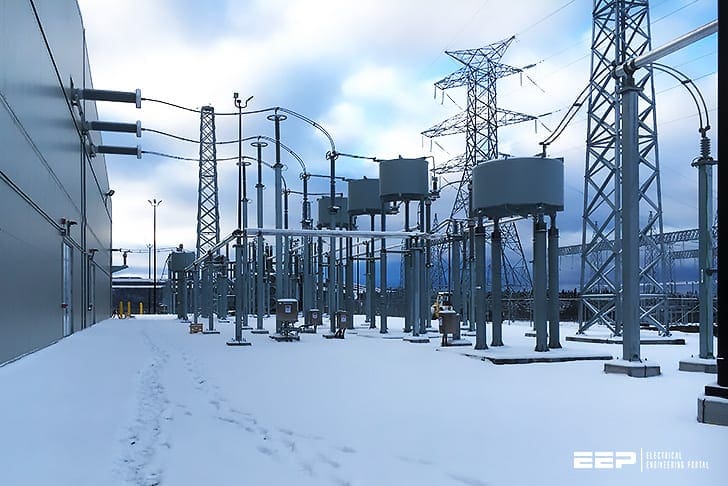
The dielectric loss in case of power cabled is also very less in case of DC transmission.
Let us assume that an AC line and a DC line using the same conductors and insulators are built. Assume that in each case, the current is limited by temperature rise. Then the DC current equals the rms current.
Assume also that the insulators withstand the same crest voltage to ground in each case. Then the direct voltage is √2 times the rms alternating voltage.
The DC power per conductor is:
pd = VdId (1.1)
and the AC power per conductor is:
pa = VaIa cosφ (1.2)
where Id and Ia are the currents per conductor, Vd and Va the conductor-to-conductor ground voltages, and cosφ the power factor. The ratio is:
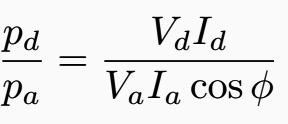
The power capabilities of the respective circuits are:
Pd = 2pd
Pa = 3pa
and the ratio is:
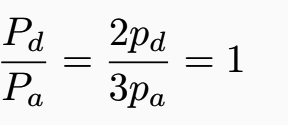
Both lines carry the same power. The DC line is simpler and cheaper, having two conductors instead of three.
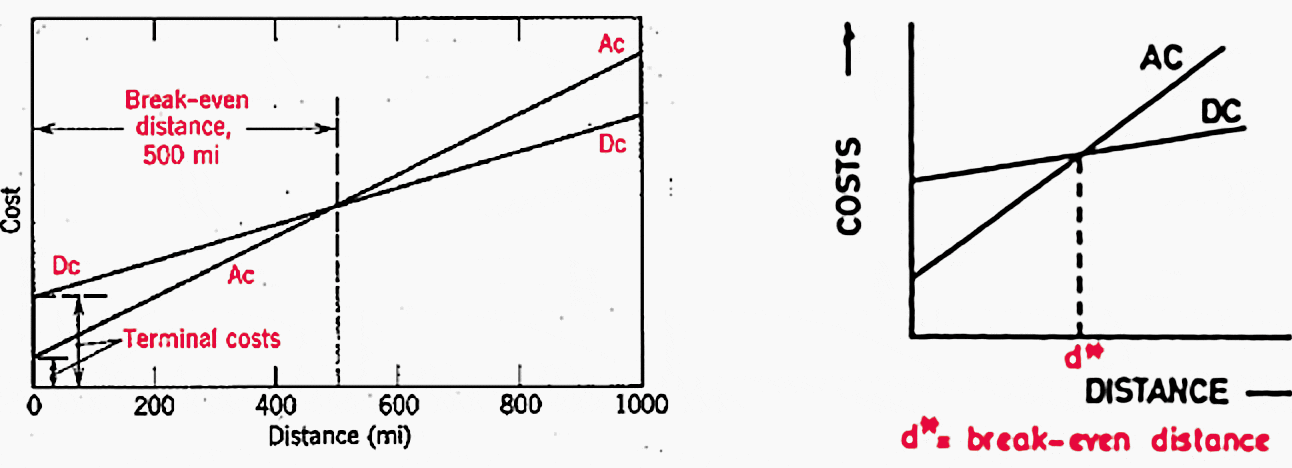
2. The corona loss on DC conductors tend to be less significant than for ac and this also leads to the choice of economic size of conductors with DC transmission. The other factors that influence the line costs are the costs of compensation and terminal equipment.
3. Length of Transmission line: The variation of cost of AC and DC transmission is shown in Figure 1. DC transmission is economical only beyond a certain distance d∗, called the break even distance.
The breakeven distance also varies with the power transmitted.
| Title: | The essentials of high voltage D.C. transmission – Anith Krishnan at College of Engineering, Kidangoor |
| Format: | |
| Size: | 275.7 KB |
| Pages: | 50 |
| Download: | Right here | Video Courses | Membership | Download Updates |
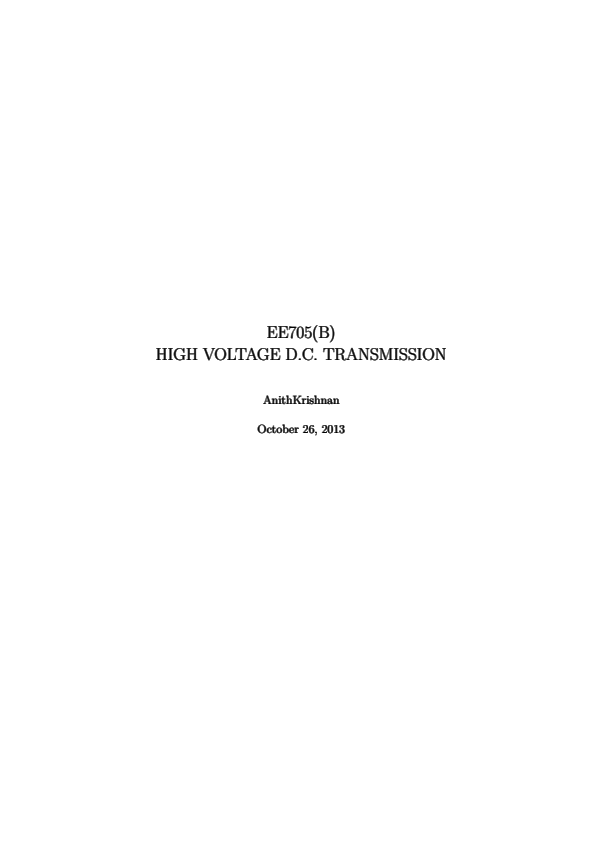


Very interesting comparison of transmission line costs. What do you think the comparable combined cost of conversion ac to dc plus inversion dc to ac would be? Please include the cost of protection at both terminals.